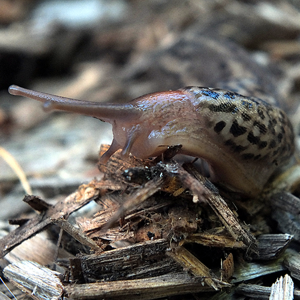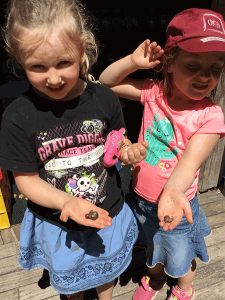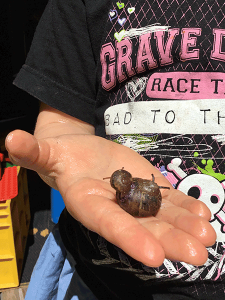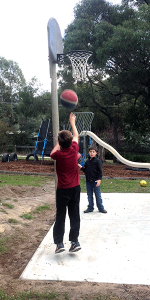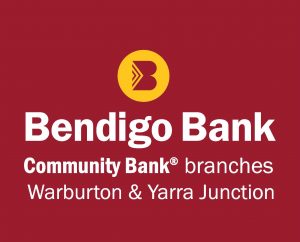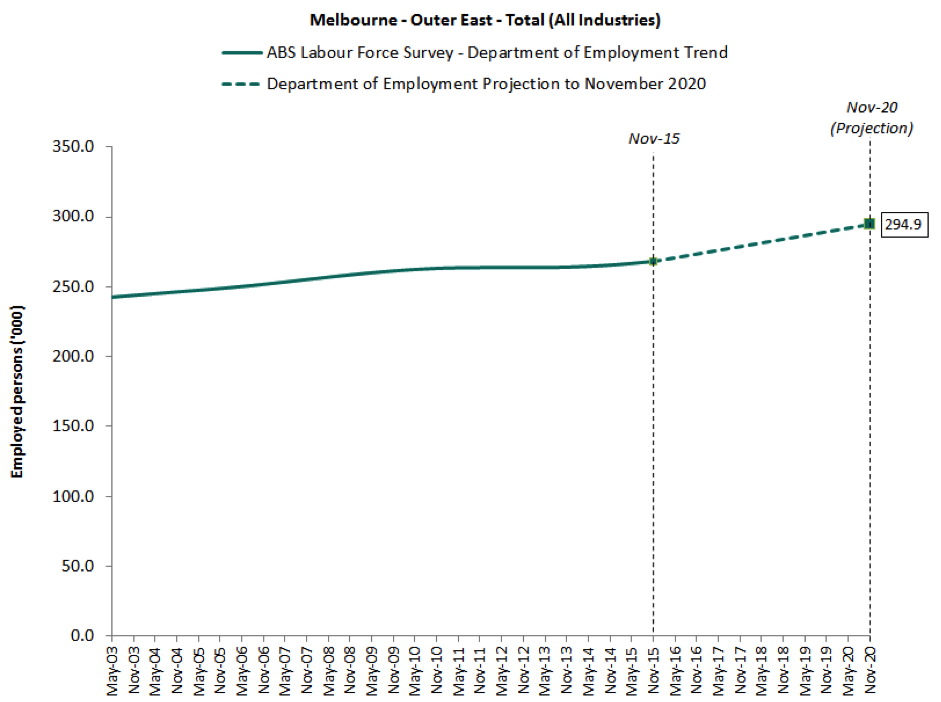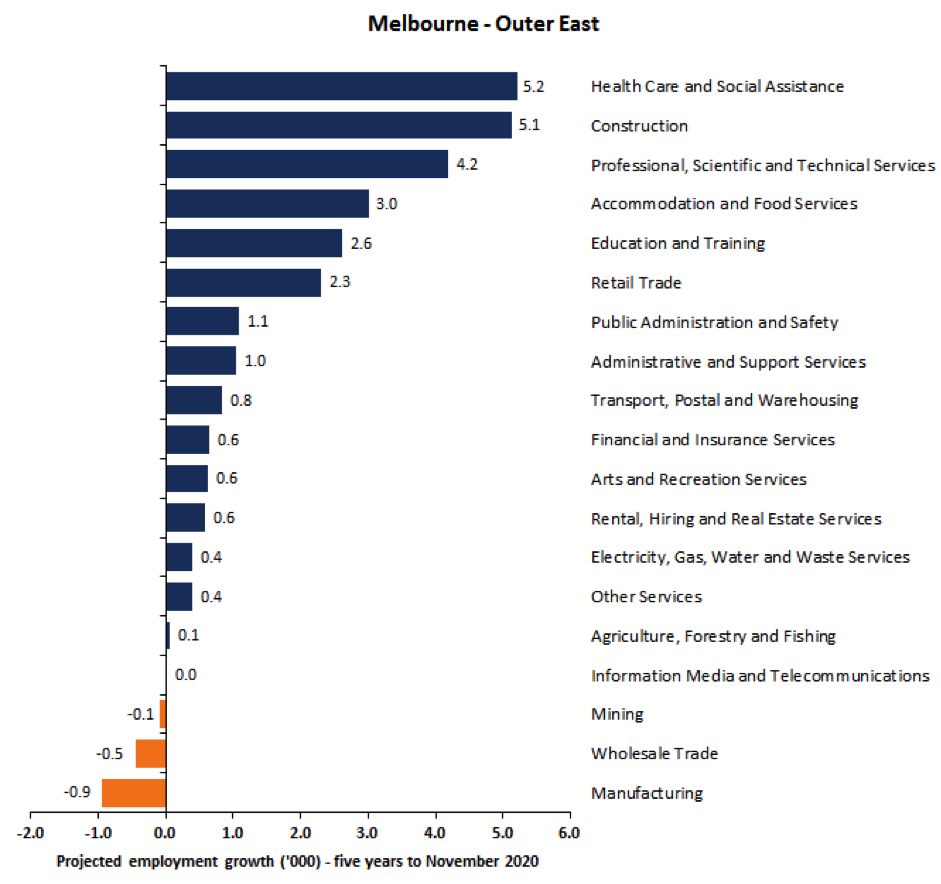Finding the most suitable training option for you
Skills First is a government-funded vocational education and training program that is accessible to people who do not hold a post-school qualification, or who want to gain a higher level qualification than they already hold. TAFE’s and Learn Locals may be able to offer an exemption, therefore the best advice would be to speak to them first.
If you are eligible for government subsidised training through the eligibility criteria, the government will contribute to the cost of training. It is smart to use your entitlements before you consider accruing a debt. If you are not sure, speak to the people who can provide advice about the training, its potential job outcomes and your needs.
I wanted to do training that would get me a job. Living in Millgrove made it really hard to know what to do. One day I received a call from a telemarketer who invited me to an interview in Lilydale. I went along and they talked about hairdressing, beauty and nail technology. I thought that I could do this and perhaps run my business from home in Millgrove. I said I would like more information and signed some forms.
The next thing I knew I was enrolled in a course that was delivered in the city. Millgrove to the City is a 3 -4 hour trip by public transport. There was no way I could do that.
I did not attend any classes. The next thing I found out was that I had, not one, but two VET Fee Help Debts. I really wish I knew what I was signing up for!
I called into Cire Service Inc to talk about my situation. They were really helpful and discussed job opportunities and careers that I could possibly do in the Yarra Valley. They also had the option to offer an exemption which meant that I would be able to do a course that was government funded and much cheaper than the big debt that I had accrued from my meeting about beauty and hairdressing. Mary – Student (Millgrove)
What to consider before enrolling:
- Ensure the course you wish to enrol in aligns with your career and further study aspirations. For information about finding a VET option that suits you, see education.vic.gov.au
- Ensure the delivery strategy meets your study and work/ life balance. If you live in a regional area, consider what is available locally.
- Understand the eligibility criteria (see below for more information)
- Read more about the education and training you need for the job you want and improve your knowledge and skill in an area that interests you. education.vic.gov.au training/learning
- Research your training provider and training options on training.gov.au
Eligibility Criteria:
Students may be eligible for funding through the Skills First Program if they meet the following criteria:
- Be an Australian Citizen or Permanent visa holder or a New Zealand Citizen
- Must reside in the state of Victoria
- Not be currently enrolled in two or more Victorian Government-subsidised courses in the current year.
- Have not commenced more than two Government-subsidised courses in a calendar year.
- Have not commenced a maximum of two subsidised courses at the same level in your lifetime. This restriction applies whether or not you complete the course.
- Over 20 years of age (as at 1 January in the year of commencement of training) and seeking to enrol in nationally recognised training in a course that is at a higher qualification level than the highest qualification held at the time of the scheduled commencement of training.
If you wish to seek further clarification regarding eligibility contact our office on 1300 835 235 or you may wish to access the funding eligibility indicator click here.
You can only commence a maximum of two subsidised courses at the same level in your lifetime. This restriction applies whether or not you complete the course.
The restriction does not apply to:
- courses on the Foundation Skills List.
- students recommencing training in the same qualification at the same or different provider.
In exceptional circumstances, you can apply to the Department for an exemption to the lifetime limit of two commencements at the same level.
Enrolment Process
The enrolment process at Cire Services has been designed to assist you in finding the best possible course for your needs.
- Register your expression of interest for a course via our online expression of interest form or contact our office on 1300 835 235.
- Our reception staff can provide some information, however, we recommend that you come in to talk to one of our enrolment officers who can discuss your goals, check eligibility and provide advice to support you to select the best pathway for you. At this pre-training session, you will discuss your goals and the training offered by Cire Services to assist you with making an informed decision about which program best meets your requirements
- All students are required to undertake a Language, Literacy and Numeracy test. The purpose of this information is to provide us with information so that we can support you to successfully complete your chosen course. You are also provided with a quote for the course fees and some suggested industry taster and study courses also offered by Cire Training. Once you have completed your enrolment form and paid your fees a confirmation of enrolment letter is sent to you with the course details, starting date and time.
- Cire training is here to support you every step of the way.
Exemptions
Cire Services Inc can offer a limited number of exemptions to students who have undertaken a qualification previously that was not aligned with their needs. This is a limited arrangement with the Victorian Government and cannot be taken lightly. Speak with an enrolment officer today about your needs and whether we are able to assist.

